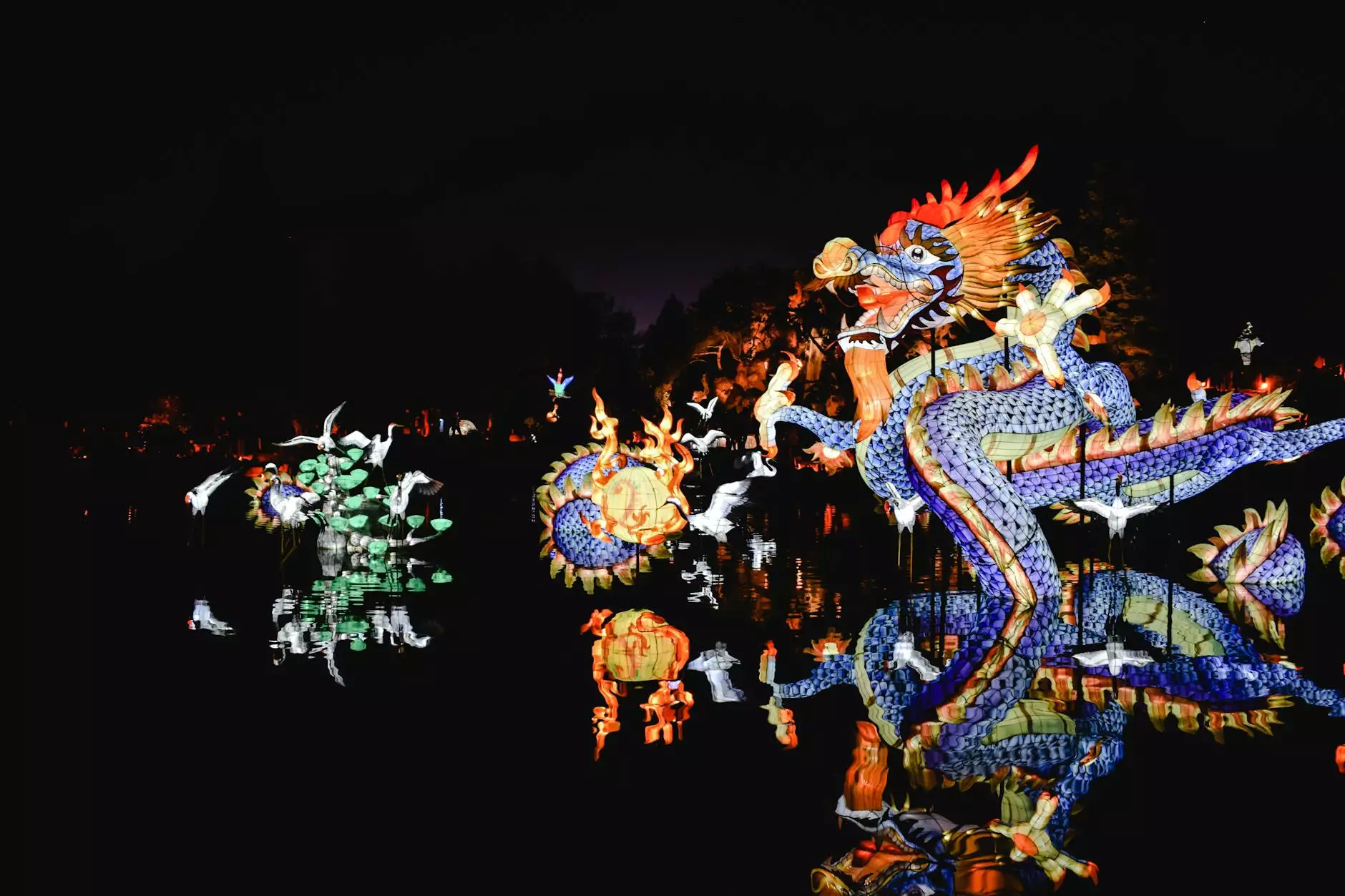Illuminating Art: The Unique World of Artists Who Work with Light

Artists who work with light have transformed the traditional understanding of artistic expression. Rather than simply relying on canvas and paint, these visionary creators utilize light as a medium to evoke emotion, challenge perception, and explore the boundaries of creativity. This article dives deep into the captivating world of light art, exploring its history, techniques, and the incredible impact it has on both the art community and society at large.
The History of Light in Art
The use of light in art is a concept that stretches back to the very origins of human creativity. From the flickering flames of cave paintings to contemporary installations, light has been a vital element in artistic expression.
- Early Uses of Light: In ancient civilizations, light played a crucial role in religious and ceremonial contexts. Temples were designed to enhance the play of light, often aligning with astronomical events.
- The Renaissance: During this period, artists such as Leonardo da Vinci and Caravaggio mastered the dramatic use of light and shadow, known as chiaroscuro, to add depth and emotion to their works.
- The Birth of Light Art: In the 20th century, artists began to experiment with artificial light, leading to the emergence of light art as a distinct genre. Pioneers like Dan Flavin and James Turrell opened new avenues for artistic expression.
Techniques Employed by Light Artists
Artists who work with light have developed a myriad of techniques to manipulate and utilize light as a medium. Below are some notable approaches:
1. Neon and Fluorescent Lights
Neon and fluorescent light sculptures use gas-filled tubes that emit light when electrified. Artists like Dan Flavin are renowned for their intricate arrangements that create immersive environments.
2. Projections
Light projections allow artists to cast images and colors onto surfaces, transforming everyday spaces into compelling visual experiences. This technique has gained popularity in urban art, where installations engage with architecture.
3. LED Technology
LEDs have revolutionized light art, providing more energy-efficient options with vibrant colors. Artists can create dynamic and interactive installations that respond to viewers, such as the works of Jenny Holzer and Rafael Lozano-Hemmer.
4. Kinetic Light Art
Kinetic light artists incorporate movement into their installations, often combining light with physical motion. This blend creates an enchanting dialogue between light and the viewer's perception.
The Impact of Light Art on Society
Art has always been a reflection of society, and artists who work with light are no exception. These artists challenge our perceptions and invite reflection on pressing social issues. Here are some of the ways light art influences society:
1. Community Engagement
Light art often transcends traditional gallery spaces, taking to the streets and public spaces. This democratization of art allows for greater community engagement and interaction, drawing diverse audiences to experience art firsthand.
2. Raising Awareness
Many light art installations address social issues, using their visibility to raise awareness around topics such as climate change, social justice, and mental health. For instance, Anthony McCall’s works create meditative spaces that allow viewers to confront personal and societal challenges.
3. Innovation in Technology
The fusion of art and technology is a hallmark of light art. Artists often collaborate with engineers and technologists to create groundbreaking installations that push the limits of both fields, fostering innovation and creativity.
Prominent Artists Who Work with Light
The realm of light art boasts a number of influential figures who have made significant contributions through their innovative use of light:
- James Turrell: Renowned for his immersive installations, Turrell explores the perception of light and space, challenging our understanding of visual experience. His work often involves manipulating natural light to create ethereal experiences.
- Olafur Eliasson: A trailblazer in the use of light, Eliasson’s works often incorporate environmental themes and encourage viewer participation, transforming the way we interact with art and nature.
- Jenny Holzer: Holzer integrates text and light, employing LED technology to communicate powerful messages. Her thought-provoking installations often engage with societal issues and invite public discourse.
- Rafael Lozano-Hemmer: Known for his interactive installations, Lozano-Hemmer fuses light with performance and participation, creating experiences that are both entertaining and insightful.
The Future of Light Art
As technology evolves, so too does the potential for light art. The future holds exciting possibilities as artists continue to harness new tools:
1. Virtual and Augmented Reality
With advancements in virtual and augmented reality, artists can create immersive environments that allow viewers to engage with light in entirely new dimensions. This technology invites a fresh perspective on interactivity and experience.
2. Sustainability in Lighting
As the world becomes more conscious of environmental impact, many light artists are exploring sustainable lighting solutions. Utilizing solar-powered technology and energy-efficient practices, artists can create impactful works with a minimal carbon footprint.
3. Global Collaborations
The internet has opened doors for collaboration across borders, allowing artists from diverse backgrounds to unite their skills and ideas. These collaborations can lead to innovative and culturally rich light art installations.
How to Experience Light Art
If you are interested in exploring the world of light art, many avenues are available:
- Visit Art Galleries: Seek out galleries that specialize in contemporary art; many feature light art installations.
- Attend Festivals: Events such as light festivals and public art installations around the globe celebrate the creativity of artists who work with light.
- Participate in Workshops: Many artists offer workshops to teach light art techniques, providing hands-on experiences for aspiring creators.
- Online Resources: Several platforms showcase light art through virtual exhibitions, allowing you to enjoy these creations from the comfort of your home.
Conclusion
Artists who work with light are at the forefront of a vibrant and evolving artistic movement. By utilizing light as a medium, they challenge conventional notions of art, engage audiences, and inspire societal reflection. This innovative practice not only enhances the arts and entertainment landscape but also fosters community engagement and dialogue. As technology continues to evolve, the possibilities for light art are boundless, promising a future filled with creativity and imagination.
To explore more about these pioneering artists and their works, visit Grimanesa Amorós and immerse yourself in the mesmerizing world of light art.
Artist whom work with light








